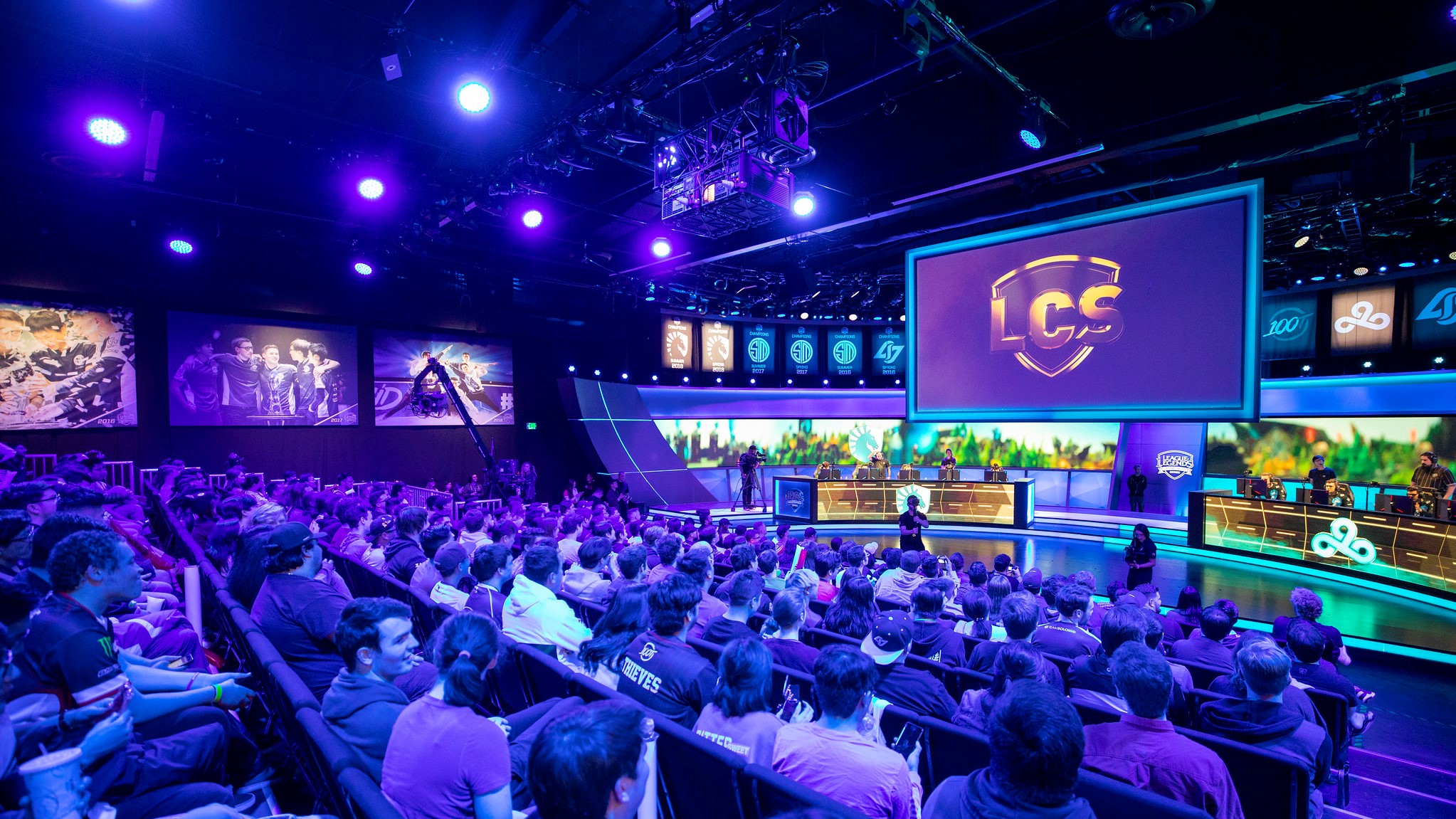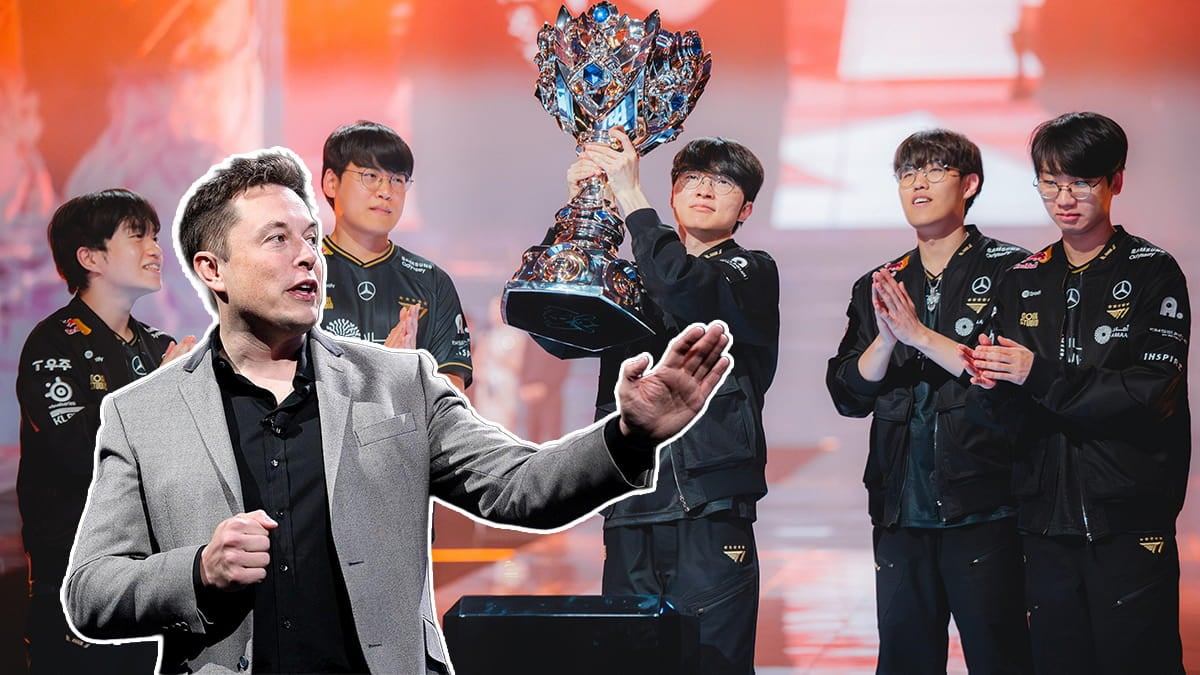For many League of Legends players, being able to adapt to changes within the popular MOBA title is an essential skill that separates the bad players from the good and the good from the best. But in the professional scene, it can be much harder to find a successful balance between changes to scheduling and formats that satisfy both viewers and players alike.
Riot Games has announced a plethora of scheduling changes to the competitive League landscape for 2023, including the sudden shift of the LCS from its primetime broadcasting days of Saturday and Sunday to Thursday and Friday at a surprisingly early start time.
The changes caused an uproar in the North American community, who has raised valid complaints and concerns about the future of the league. Many fans see this change as yet another nail in the coffin as Riot pushes more support toward the LEC and VALORANT esports, which have now taken over the weekend game days.
This isn’t the first time that this region has seen ill-advised adjustments to its broadcast days, either. And unfortunately for LCS fans, this push toward the end of the week will only bring disappointment in a year that should be filled with excitement after one of the most promising offseasons in NA history.
From the ashes of Monday Night League
When Monday Night League was announced for the 2020 LCS Spring Split, people hoped for the best but prepared for the worst for the league’s new schedule. Former LCS commissioner Chris Greeley said that Riot “focused on creating a watershed moment for esports” with MNL, wanting to emulate a similar experience to Monday Night Football for League esports fans.
The idea behind the schedule changes seemed fair, but in practice, it could not stand up to its traditional sports counterpart in the NFL. When the LCS played on Monday nights, the league saw significant declines in viewership, even during premium matchups featuring top teams like Team Liquid and TSM. When the bottom-five teams were facing off, the numbers were even worse, forcing Riot to revert back to its regular schedule that following summer.
This coming year, the league will not only be playing on Thursdays and Fridays but will also be broadcast starting at a 2pm CT time slot, much to the chagrin of LCS enthusiasts around the country. This is a more friendly time for European supporters who wish to watch some NA games, but the region’s own fan base feels slighted—and for a good reason.
The LCS has declined in viewership drastically since its peak two years ago, going from 33 million hours watched during the 2020 Summer Split to 19 million this past season, according to streaming stats site Esports Charts. Since 2020, the league’s peak viewership number has plummeted by over 173,000 people, marking a steady decline that will only be accelerated by these new changes.
Many NA fans won’t be able to watch a good chunk of the games due to work and other responsibilities that last until the end of a typical workday around 5pm. As a result, viewers will be incentivized to watch VODs or highlights of a game day rather than rush home to catch some LCS games, which will lead to a steeper drop in live viewership numbers.
For those wanting to catch some live games, people will need to take time off from work. Unlike playoff games or international events, regular season gamedays aren’t nearly as worthwhile for their PTO. As the new schedule pushes away live audiences, the lack of in-person support will affect the hype and excitement for both players and viewers alike.
Additionally, it will be a lot harder to revert these changes since Riot would have to shift around both the LEC and its newest blossoming esport, VALORANT. The VCT Pacific and VCT Americas matches have jumped into the weekend spots, broadcasting on Saturday, Sunday, and Monday at 3pm CT and 2pm CT, respectively. Since Riot doesn’t want its various leagues to conflict with one another that much, there would be plenty of effort needed to find a happy medium for every league if more changes are decided upon.
The future is gray
In addition to the immediate hit to viewership, the schedule change will also cause an adverse effect on the growth of the LCS, especially with its younger audience. Most typical school days, for example, end at around 3:30pm to 5pm, not even considering the time required for extra-curricular activities and homework. During these times, university and college students are also busy with projects, tests, and other responsibilities during the week.
Because of the earlier start time, fans who are still in school might not be able to watch the broadcast, pushing away any prospective new viewers from the league. Instead, they’ll be incentivized to tune into leagues that are more friendly to their own schedules like the LEC, or other esports like VALORANT.
“It’s a change I raised a ton of concerns about internally, and it’s one that makes me worried for the future of the league that I love, and for my career as an LCS caster,” popular NA League caster Isaac “Azael” Cummings Bentley said on social media. “There’s data showing as many or even more viewers in some cases are watching Twitch on weekdays, but how will this apply to our audience? There’s a ton of questions left to be answered, and honestly only time will really tell how things will pan out.”
With a whole gamut of its audience getting alienated by the new hours, the 2023 LCS schedule is shaping up to create a massive rift between its fans, both now and in the future. If Riot isn’t able to make things work with the North American scene, this season could be the beginning of the league’s true downfall.













Published: Dec 29, 2022 01:12 pm